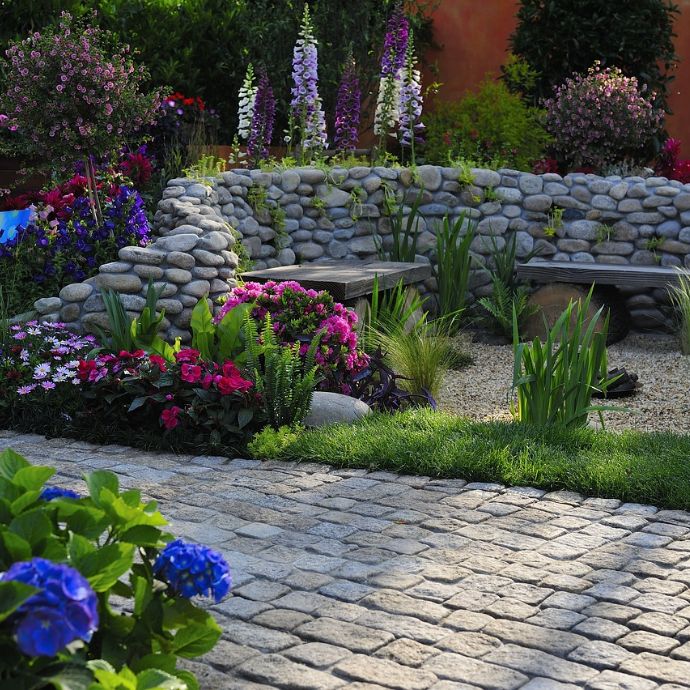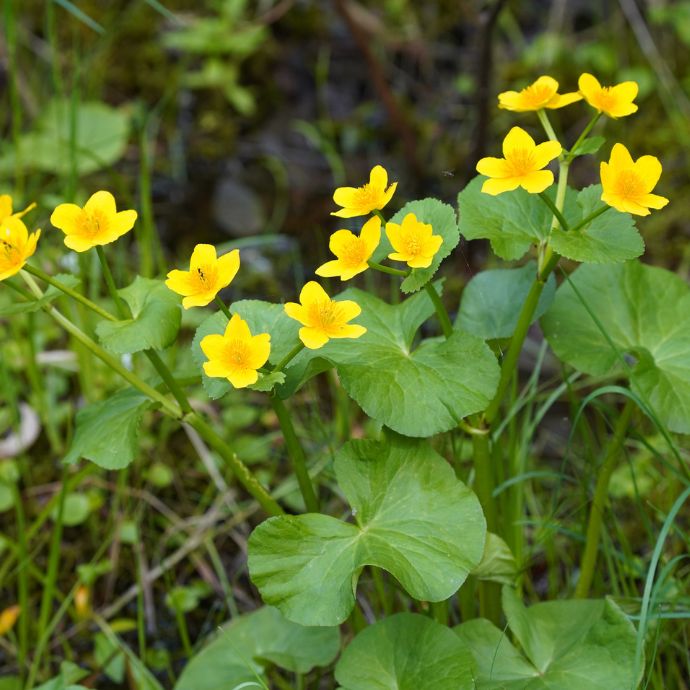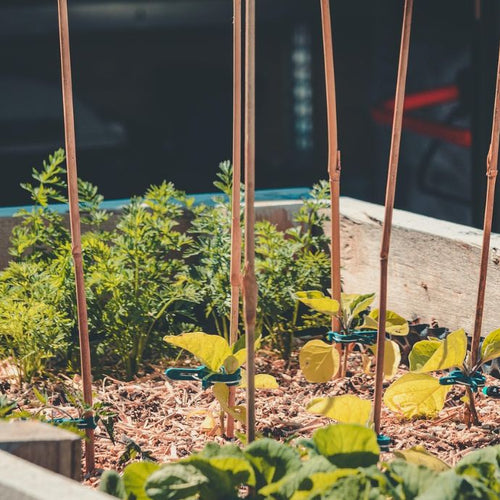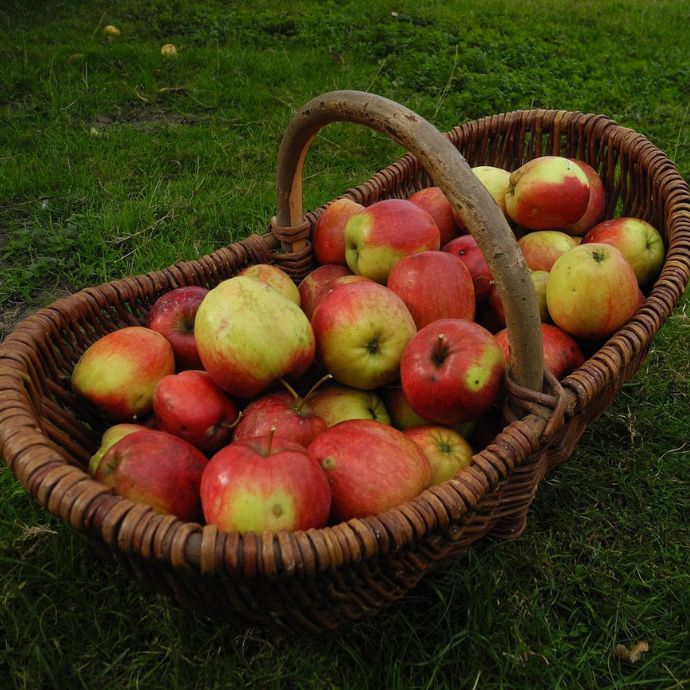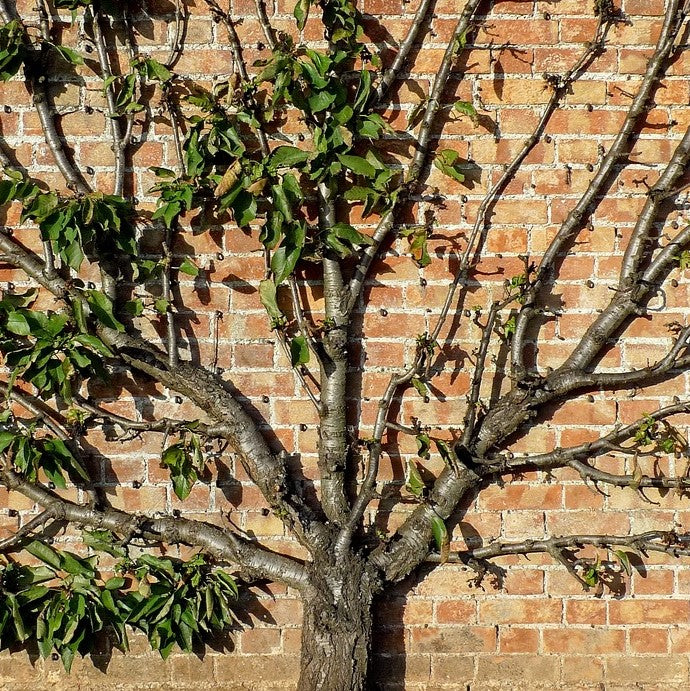Advice & Inspiration
Cotswold Natural Swimming Pond - August Garden of the Month

For a wildlife friendly garden, just add water…
Looking for planting inspiration to make your garden shine all year round? Every month we visit a garden which we think has nailed the best trends of the season, then report back with tips on which plants to use and how to recreate the look. This month, we visited a unique garden in the Cotswolds that we think will inspire a new wave of ponds big and small. Jon and Caroline Edwards decided to ditch their boring lawn and create a pond big enough to swim in.
“After all,” Jon says, “how difficult could it be?”
Five years and fifty tonnes of gravel later, the result is an incredibly beautiful, plant-filled pool which has not only benefited their family and friends, but provided a wonderful natural habitat for local wildlife. And the best part? You don’t need a huge garden to reap the benefits of adding water - a pond can be the size of a bucket or fill your whole garden and those creatures will love it. We asked Jon and Caroline where they got their inspiration - and picked up some useful planting ideas too!
How it started
Jon started digging the hole for the pond with a spade, but quickly realised he was out of his depth. Even with the mini digger, it took three weeks to clear the earth from the hole. A pond liner was put in and then began the wait for rain to fill it (rainwater is much better for plants). It took five months to fill naturally (although this did also involve fixing a leak) before the pond was ready for planting.
Perfect pond plants
Pond edge plants
Pond edge plants, or marginals, are essential for attracting dragonflies, which shelter, lay their eggs and hatch on these tall plants. They’ll also make your new pond blend into the landscape, giving it height, colour and movement.
“We use a lot of grasses, rushes and irises,” says Jon, “and those tall plants are really good at naturally purifying the water but also sucking up nutrients that would otherwise encourage algae.” He recommends planting a good range of different marginals for colour and diversity, favouring yellow and purple irises. “They’re stunning in spring and coming into summer,” he says. “And every year the plants get bigger and more beautiful,” adds Caroline.
Oxygenators
Every pond needs oxygenating plants - they grow quickly and help to keep the water clean and clear as well as creating a habitat for underwater creatures like frogs, newts and fish to shelter in and feed on.
“They sit under the water,” says Jon, “they naturally produce oxygen and they’re really good for the water quality.”
Floating plants
Floating or deep water plants are the plants you will see the most of! We’re talking water lilies, crowfoot, water hawthorn and the like. They’re planted in baskets in the deep water at the centre of the pond with foliage and flowers that rise to the surface and float. They act as landing pads for the bees to collect their pollen as well as providing shade for underwater wildlife.
Water lilies are Caroline’s favourite plants (we’re inclined to agree). “They look beautiful when the sun comes out,” she says, “and when it’s shady they go back in again, which is so sweet. They also play a really useful role in terms of shading the pond,” she adds, “again helping to reduce algae, but also they block the UV rays that come from the sun.”
How it’s going
In no time at all, the pond was full of wildlife, including several different species of newts. “You can see them swimming up to the top,” says Caroline, “getting a little gulp of air and swimming back down. And that’s not all. “When we’re sitting outside in the evening having a drink,” she says, “the bats swoop down and have a drink. Deer come and drink from it in the evening, and the dragonflies are enormous and beautiful.”
“Where were they all before?” Jon wonders, “that’s what I can’t quite work out!”
The family use the pond for swimming every day, including in the winter, when they break the ice and enjoy an exhilarating coldwater dip. “It’s beautiful all year round,” says Caroline. “And once you’ve built it,” adds Jon, “there’s very little maintenance.”
Get the look
The perfect mix of plants
It’s essential to have a good balance of plants in your pond, not only to attract the wildlife, but also to keep your pond healthy, clear and looking its best. This can be a little daunting if you’re a beginner - Caroline told us that choosing the right plants was very much a learning process!
We’ve put together these collections for different sizes and kinds of pond to make that process easier for you and you can also check out our growers’ top five pond plants.
Make a mini pond
You don’t need a lot of space to enjoy the calming effect of water in your garden. A pond in a pot is great for frogs, birds and insects and will fit in even the smallest garden, on a patio or balcony. I made one in a leftover rubble bucket! These plants are ideally suited to smaller ponds.

Build it and they will come
Why not extend your pond by creating a wildlife garden around it? You’ll get an even wider variety of garden visitors, especially those all-important pollinators.
Feeling inspired?
“Don’t be put off by the initial work,” says Jon, “you can start really small.”
“You can have a tiny pond on a balcony,” Caroline adds, “and it still attracts the insects and all of the amazing wildlife, so get stuck in!”
A pond is a valuable addition to any size of garden, and the job can be made easier with pre-formed pond liners and plant collections that take the guesswork out of achieving the perfect balance. However, Jon issues a warning… it seems those ponds can get addictive! “I think once you’ve lived with water, whether it’s a paddling pond or something grander, you will absolutely want something bigger.”
If this sounds like you, check out Jon and Caroline’s instagram where you can see the entire process from start to finish, or explore our complete range of premium pond plants.
